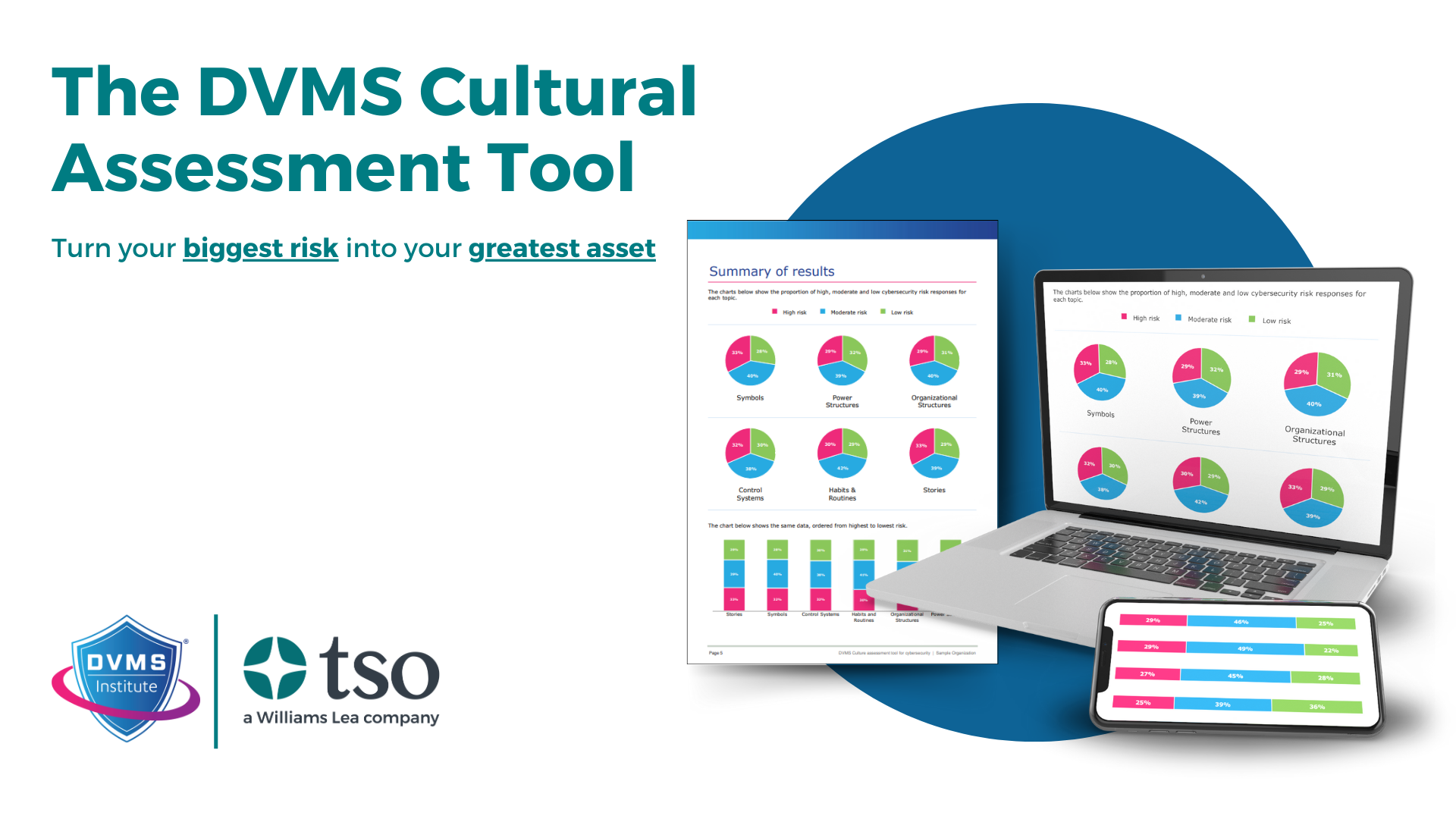The challenge: navigating complex regulations
Regulation plays a critical role in ensuring safety, fairness and compliance across industries. However, businesses and regulators alike face a growing challenge: navigating a changing regulatory landscape. With more than 100 regulators in the UK, organisations must comply with multiple layers of rules spanning HR, health and safety, environmental protection, and digital technology. The challenge is compounded by outdated formats - many regulations remain locked in PDFs making them difficult to search, interpret, and integrate into business operations.
While the newly released HM Treasury Policy Paper seeks to streamline regulations to support economic growth, the key isn't necessarily reducing regulation, but rather making it more accessible, understandable and usable. Unlocking regulation can foster innovation, ensuring businesses can comply efficiently while regulators maintain high standards of consumer protection.
The solution: unlocking regulation
Unlocking regulation means transforming static, text-heavy documents into structured dynamic data. This shift enhances accessibility, making regulations easier to find, understand and apply. Structured data formats such as XML and JSON allow regulatory content to be updated faster, reducing confusion over outdated versions and ensuring businesses always have access to the latest requirements.
By managing regulation as structured data, also known as regulation as code, regulators can improve accuracy and version control; publish updates faster and across multiple formats; provide better guidance and compliance tools; and enhance searchability and usability. For businesses and people, unlocked regulation means easier integration of regulatory requirements into internal systems; the ability to receive updates and alerts; improved search and navigation functionality; and reduced administration burden in regulatory compliance.
The role of AI in unlocking regulation
Artificial Intelligence is set to play a transformative role in regulatory innovation. AI-powered tools can structure and enrich content faster and at higher volumes than before. By leveraging AI, regulators can also enable conversational queries for a better search experience, synthesize large volumes of information and make data more consumable.
However, AI in regulation must be handled with care. Accuracy is paramount and Large Language Models (LLMs) can sometimes generate misleading or outdated information. Solutions such as Retrieval Augmented Generation (RAG) and fine-tuned AI models trained on authoritative datasets can improve the reliability of AI-driven regulatory tools.
Driving growth through better regulation
Unlocking regulation is not about deregulation; it is about smarter, more efficient regulation. Making regulations easier to access and apply supports businesses, encourages innovation and ensures that compliance does not become an unnecessary burden. Regulators who embrace structured data and AI-powered tools will be better positioned to support both economic growth and consumer protection.
At TSO we specialise in transforming regulatory content to enhance usability. Our publishing platform and structured data solutions help regulators and businesses navigate the complex regulatory environment with confidence. By unlocking regulation, we help you unlock innovation.
Find out more
TSO's CEO and Business Development Director spoke on this topic at Digital Leaders Public Sector AI Week. You can watch the recording of Digitising Regulations and Standards - The essentials for innovation.
To receive a copy of our white paper on this topic, email tsobd@tso.co.uk






